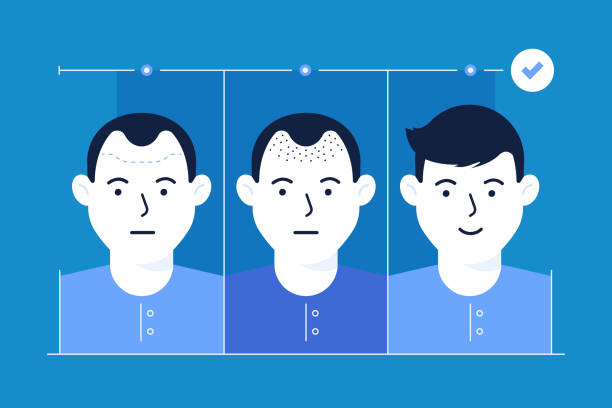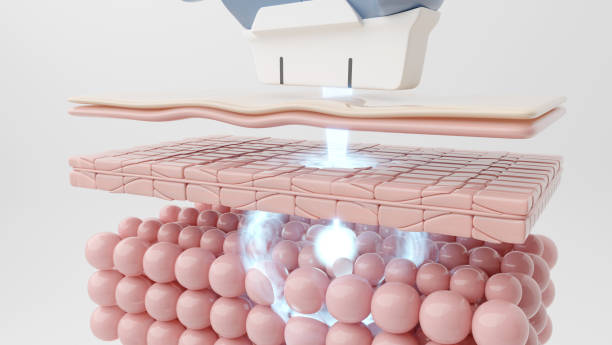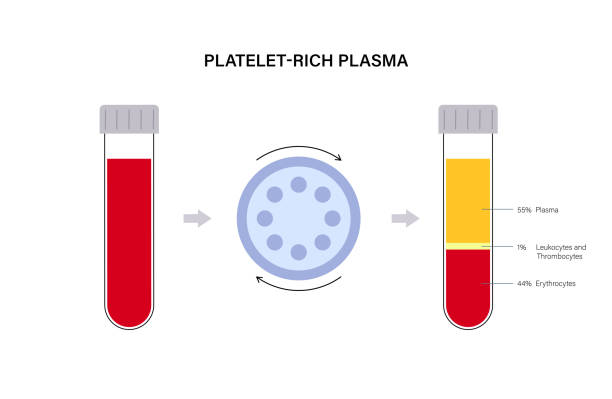“Hair restoration is not just about regrowth—it’s about confidence.”
FUE (Follicular Unit Extraction) hair transplant is renowned for its minimally invasive approach and natural-looking results. However, concerns about scarring often linger, especially at the 1-year mark. Patients frequently ask: Do FUE scars fade completely, or are they permanent?
Dr. Harikiran Chekuri, an accomplished plastic surgeon in Hyderabad, explains:
“While FUE is designed to leave minimal scarring, the final appearance of scars after a year depends on factors like surgical precision, skin type, and post-op care. Advanced techniques have made these scars nearly invisible in most cases.”
With over 2 decades of expertise, Dr. Chekuri is among the preferred experts for people seeking a Hair transplant in Hyderabad.
This guide delves into what you can expect, tips for minimizing scars, and when to consult a professional.
What to Expect with FUE Scars After 1 Year
Size and Visibility:
FUE scars are typically tiny, dot-like marks that may blend seamlessly into the surrounding skin. By the 1-year mark, most scars are barely visible, particularly for individuals with good healing capacities.
Skin Type and Healing:
Patients with lighter or more elastic skin tend to heal with minimal scarring, while others might notice faint discoloration. Consistent post-op care plays a critical role in ensuring optimal healing.
Surgical Expertise:
The skill of the surgeon is paramount. Using advanced tools and precise techniques ensures scars remain minimal and blend naturally with the scalp.

Dr. Harikiran Chekuri, a seasoned hair restoration specialist in Hyderabad, explains:
“By the 1-year milestone, most patients see significant hair growth and density improvements. The transplanted hair becomes stronger, blends seamlessly with existing hair, and can be styled as desired. This is also when scars settle completely, allowing us to assess final results accurately. The journey may require patience, but the confidence it brings is well worth the wait.”
Unsure about managing your FUE scars after 1 year? Connect with an expert to discover advanced solutions and regain your confidence.
Do FUE Scars Fade Completely?
While FUE scars fade significantly over time, they may not vanish completely. Here’s why:
Natural Healing: Scarring is part of the body’s response to healing. The degree of fading depends on individual biology.
Post-Operative Care: Proper care, including hydration, avoiding sun exposure, and using prescribed scar creams, can enhance scar fading.
Visible Scars: In rare cases, faint marks may persist. This could occur due to thicker skin or delayed healing, but such scars are often inconspicuous.
Tips to Minimize or Improve FUE Scars
Microneedling

Microneedling involves creating tiny micro-injuries in the skin using fine needles, stimulating collagen production to repair and smoothen scar tissue. This treatment improves skin texture and helps blend scars with the surrounding skin.
Laser Therapy

Laser treatments use focused light to remove the damaged outer layers of skin and promote new, healthy skin cell growth. This technique not only reduces scar visibility but also enhances overall skin tone and texture.
PRP Therapy

Platelet-Rich Plasma (PRP) therapy involves extracting and concentrating platelets from your blood, which are then injected into the scarred area. PRP accelerates skin regeneration, improves texture, and reduces scar prominence effectively.
Topical Solutions:
Using dermatologist-recommended Specialized Scar Creams enhances skin regeneration, lightens discoloration, and reduces the visibility of scars over time.
Lifestyle Adjustments:
Sun Protection: UV exposure can darken scars. Applying sunscreen regularly is critical, even after a year.
Diet and Hydration: A diet rich in vitamins A, C, and E supports skin health, speeding up scar healing. Drink plenty of water to keep skin hydrated and supple.
Avoid Smoking: Smoking impairs blood flow, delaying skin repair and potentially worsening scar appearance.
Regular Exercise: Moderate physical activity improves circulation, which can promote healing and healthier skin.
Stress Management: High stress levels can hinder the healing process. Practice relaxation techniques like yoga or meditation to support overall recovery.
Conclusion
Scars, though a natural part of the healing process, should never overshadow the transformative results of an FUE hair transplant. With expert care, advanced treatments, and proper post-op habits, scars can become nearly invisible. A successful FUE procedure performed by an experienced surgeon in Hyderabad, like Dr. Harikiran Chekuri, ensures minimal scarring and maximum aesthetic satisfaction.
Dr. Chekuri assures:
“FUE is about subtlety. When done right, the results are life-changing, and the scars are almost undetectable. Trust the process, stay consistent with aftercare, and consult your surgeon whenever necessary to achieve your desired results.”
Reference Links:
https://ishrs.org/is-fue-scarless/
https://www.healthline.com/health/hair-transplant-scar
Disclaimer: The information shared in this content is for educational purposes only and not for promotional use.


